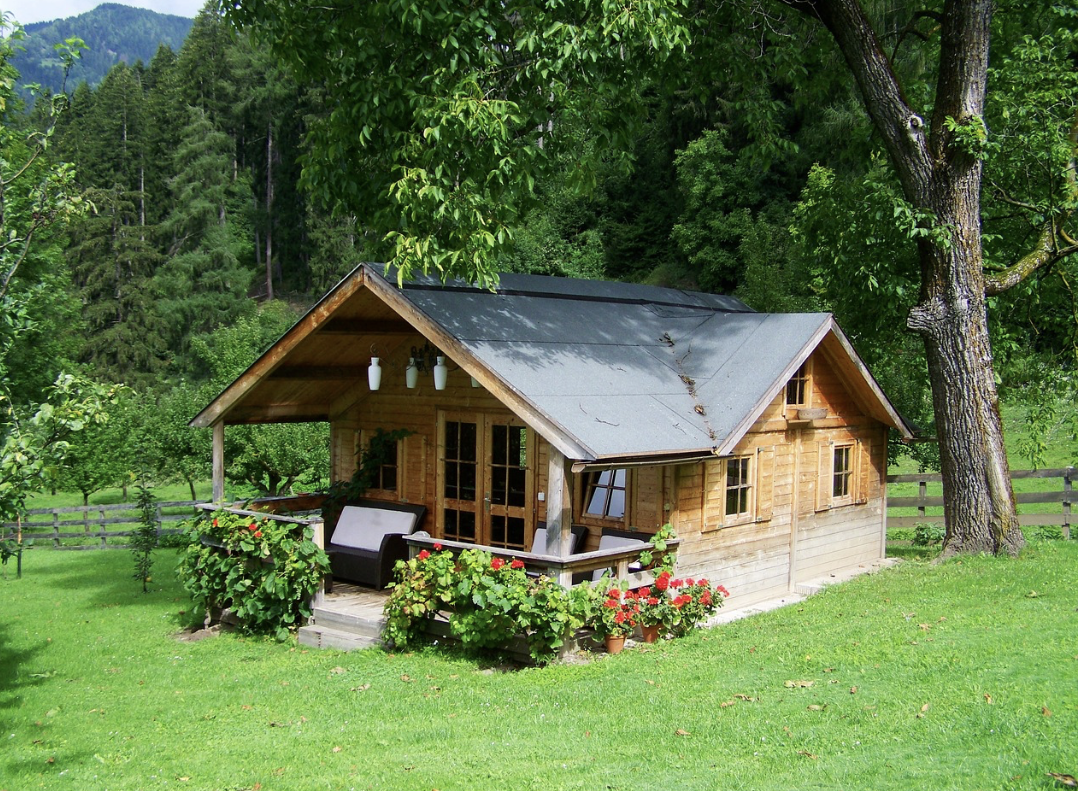How to Ensure a Successful Roofing Replacement for Your Tiny Home
Are you planning to replace the roof of your tiny home? Whether it's due to wear and tear or a desire for an upgrade, a successful roofing replacement is crucial for ensuring the longevity and integrity of your humble abode. However, with limited space and unique challenges that come with tiny homes, this task may seem daunting.
But fear not! In this blog post, we'll discuss how you can ensure a successful roofing replacement for your tiny home. From choosing the right materials to finding the right contractor, we've got you covered. So let's dive in and learn how to protect your tiny home from the elements while also giving it a fresh new look.
Assess the Current Roofing Situation
The first step to ensuring a successful roofing replacement for your tiny home is to thoroughly assess the current state of your roof. This involves inspecting for any existing damage or weaknesses, as well as identifying the type of roofing material currently in place. Understanding the condition and structure of your roof will help determine the best course of action for replacement.
It's also important to consider the age of your current roof and its lifespan expectancy. This will give you an idea of how urgent a replacement is and how long you can expect your new roof to last. By assessing these factors, you can make informed decisions for your roofing replacement project.
Choose the Right Materials
One of the key decisions you'll need to make for your roofing replacement is choosing the right materials. With tiny homes, space and weight are major considerations, so it's essential to select lightweight and compact materials that can still provide strong protection against the elements. Some popular options for tiny home roofing include metal, asphalt shingles, and rubber or PVC-based materials. It's also important to consider the climate and weather conditions in your area when selecting materials.
Additionally, research different brands and their warranties to ensure you're choosing high-quality and durable materials that will last for years to come. Don't be afraid to consult with experts or other tiny homeowners for their recommendations as well.
Hire an Experienced Contractor
Replacing a roof on a tiny home requires specialized knowledge and skills, so it's crucial to hire an experienced contractor for the job. Look for professionals who have experience working on tiny homes and can provide references from previous clients. You can read more from skyviewexteriors.com on the types of roofing experts who have the expertise and knowledge needed to handle the unique challenges of replacing a roof on a tiny home. With their help, you can ensure that the replacement is done correctly and efficiently, saving you time and money in the long run.
When hiring a contractor, make sure to discuss your expectations and budget upfront. Communication is key to ensuring a successful roofing replacement project, so don't be afraid to ask questions and voice any concerns you may have.
Consider Your Climate and Location
The climate and location of your tiny home play a significant role in the materials and design of your new roof. For example, if you live in an area with heavy snowfall, you may need a steeper roof pitch to prevent snow buildup. Similarly, if you're located in a windy region, you'll want to choose materials that can withstand strong winds.
Additionally, consider the sun exposure on your tiny home when selecting roofing materials. If your home is constantly exposed to harsh sunlight, opt for materials that are UV-resistant or reflective to keep your home cool and energy-efficient. Taking these factors into account will help ensure that your new roof can withstand the elements in your specific location.
Plan for Proper Insulation
Proper insulation is crucial for maintaining a comfortable and energy-efficient tiny home, especially after a roofing replacement. Make sure to discuss insulation options with your contractor and choose materials that provide adequate protection against heat loss or gain. This is particularly important for homes in extreme climates, as proper insulation can greatly impact heating and cooling costs.
Also, consider using eco-friendly insulation options such as recycled materials or natural fibers. Not only are they better for the environment, but they can also contribute to a healthier and more sustainable living space for you and your family.
Schedule Regular Maintenance Checks
Finally, once your roofing replacement is complete, make sure to schedule regular maintenance checks for your tiny home's roof. This will help identify any potential issues early on and prevent costly repairs or replacements in the future. It's also important to keep up with cleaning and debris removal from the roof, especially if you live in an area with heavy rainfall or wind.
Regular maintenance also includes inspecting the interior of your tiny home for any signs of water damage or leaks. If you notice any issues, address them immediately to avoid further damage. By staying on top of maintenance, your new roof will stay in excellent condition for years to come.
A successful roofing replacement for your tiny home requires careful consideration and planning. By following these six tips, you can ensure that your new roof not only protects your home from the elements but also adds to its aesthetic appeal. Remember to assess the current state of your roof, choose the right materials, hire an experienced contractor, consider climate and location factors, plan for proper insulation, and schedule regular maintenance checks. With these steps in mind, you can enjoy a strong and durable roof over your tiny home for years to come.










